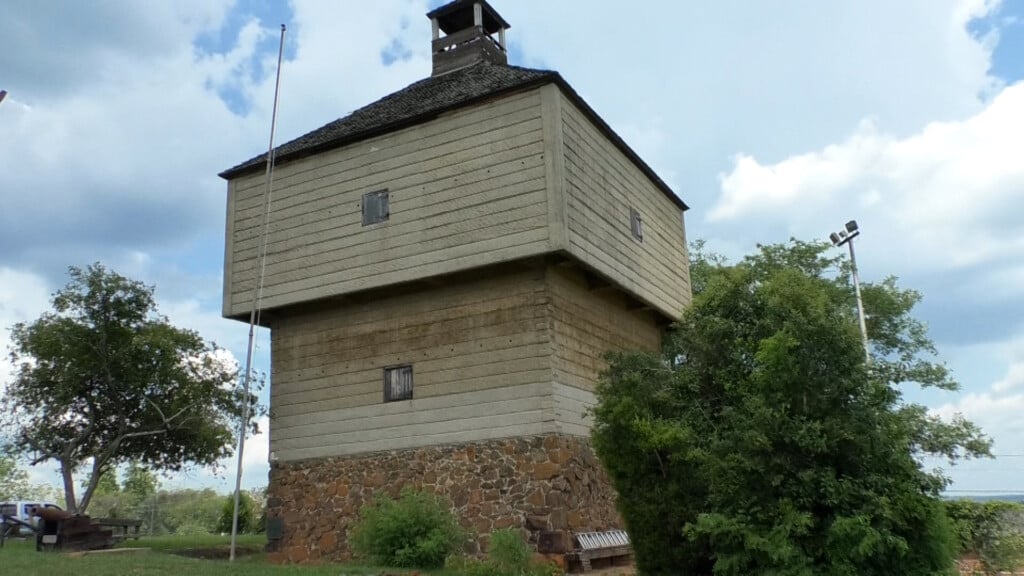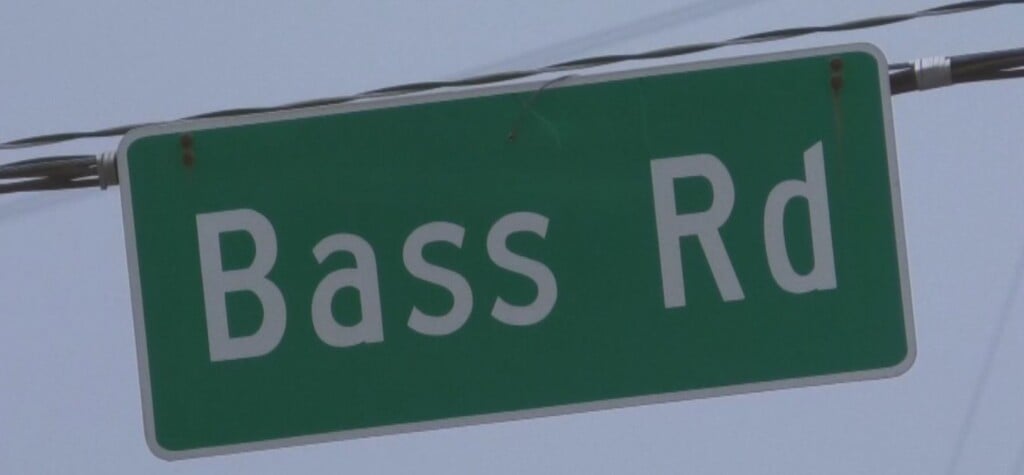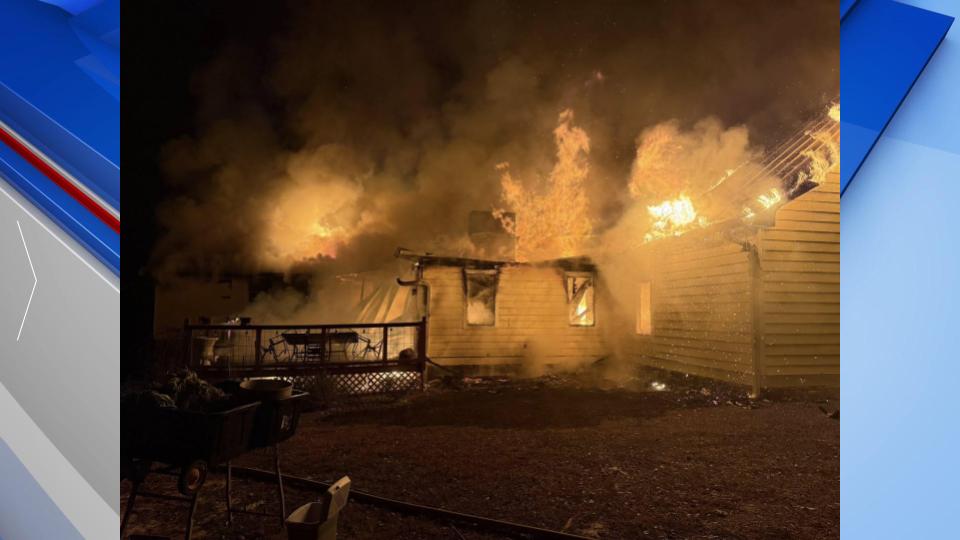Macon leaders seek preservation of Fort Hawkins blockhouse
Builders used concrete on the replica to mimic what was timber on the original blockhouse. But over time, chunks of that concrete have fallen from the fort’s upper levels, and moisture has gotten inside, causing rust.

MACON, Georgia (41NBC/WMGT) – Local leaders are exploring different options to preserve Fort Hawkins, particularly the fort’s southeastern blockhouse.
Historians say Macon’s story can’t properly be told without the mention of Fort Hawkins. The fort stored U.S. Army supplies and rations during the War of 1812. It was also a factory that was central to deerskin trade between Muscogee Creek Indians and European Americans, along with much more.
“The fort also housed a post office, a hospital at one time, a printing press, they also printed money at Fort Hawkins,” said Ashley Quinn, Chair of the Board of Directors for the Fort Hawkins Foundation.
The area that developed around Fort Hawkins would become Macon. In the early 20th century, local leaders joined forces with the federal government to preserve the site’s history. A replica of the fort’s southeastern blockhouse was completed in 1938 and sits on the exact location of the original.
Builders used concrete on the replica to mimic what was timber on the original blockhouse. But over time, chunks of that concrete have fallen from the fort’s upper levels, and moisture has gotten inside, causing rust.
“It’s getting close to 100 years old and it’s needing some repairs,” Quinn said. “We are interested in getting an assessment done on it to make sure that it stands for another 100 years and more.”
Nathan Lott, the Executive Director of the Historic Macon Foundation, says the current conditions raise concerns over the long-term stability of the site.
“We’ve worked on other buildings from that era, so I’m hopeful that we’ll get a scope for the work.” Lott said.
The Historic Macon Foundation connected the Fort Hawkins Foundation with an engineer, who Lott says will conduct an initial assessment of the fort next month.
“And from that, we can kind of know what the cost will be and help them with their fundraising efforts,” Lott said.
Lott is hopeful that Lott says preserving the site is necessary, as it’s viewed by many as the birthplace of Macon.
“Some of that’s happy stories – entrepreneurship and hard work – and some of that is a story of the indigenous people that were here,” Lott said. “But either way you look at it it’s an important site that marks the beginning of the City of Macon.”



